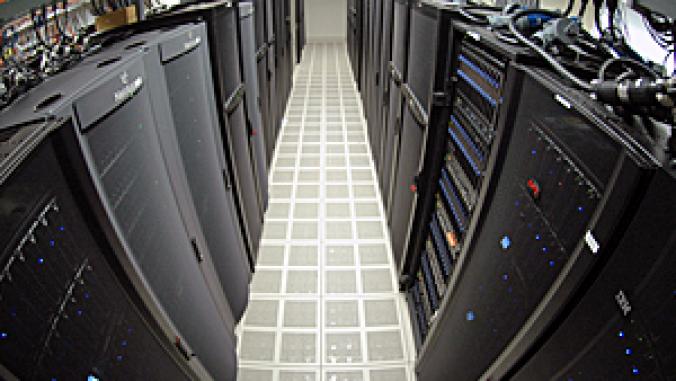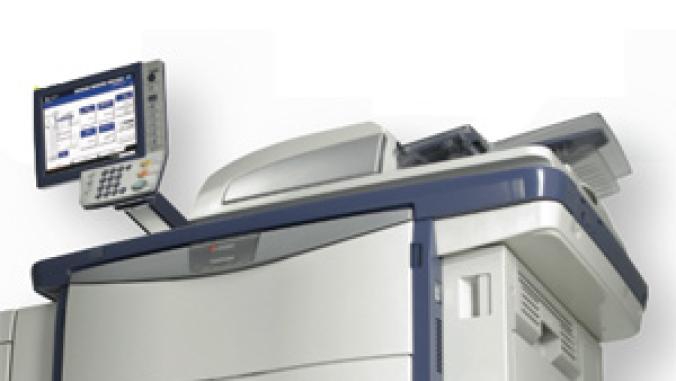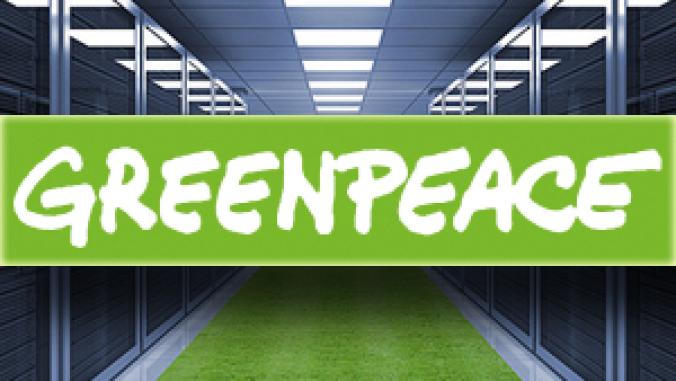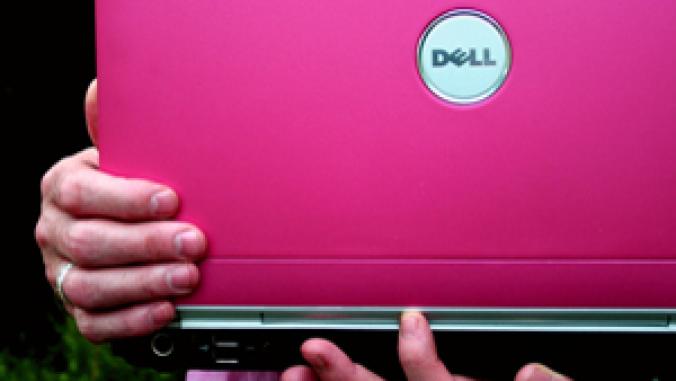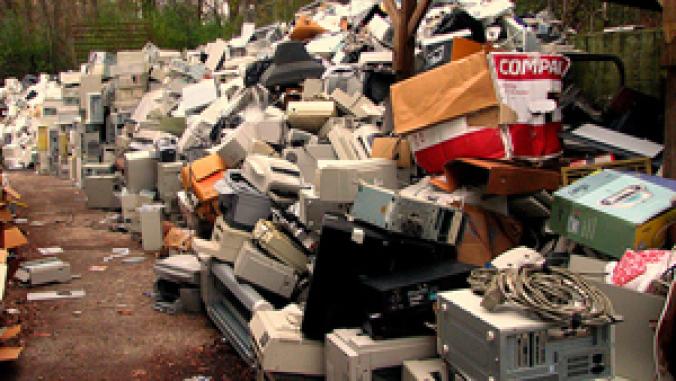Three Ways Green IT Can Combat Climate Change
<p>Far from simply being a way to improve energy efficiency in data centers, information technology can help streamline almost every aspect of business, according to a new report from Ovum.</p>

Far from simply being a way to improve energy efficiency in data centers, information technology can help streamline almost every aspect of business, according to a new report from market research firm Ovum.
Although green information technology (IT) does play a significant role in improving internal data center and PC efficiencies -- underscored by recent rebates of $900,000 and $1.4 million for data center efficiency -- as technologies expand and mature, they can cut emissions in three unexpected realms.
"The role most often discussed is how to make computing and networking themselves more energy-efficient. But to focus only on this direct energy consumption is to ignore larger opportunities elsewhere," explained Ovum senior analyst Warren Wilson.
In addition to computing efficiency, green IT is able to have a big impact by replacing carbon-intensive activities with much more efficient and less-intensive technologies. Well established examples include the use of telepresence and virtual meetings instead of regular business travel (something that will become increasingly common as Cisco expands its TelePresence program, and HP launches a desktop telepresence program), and using secure networks and virtual meeting technologies to allow employees to work remotely.
The third and potentially most impactful way companies can put green IT to larger use, according to Wilson, is by putting the increasing power of computing to work on monitoring, measuring and reducing the energy used in buildings, manufacturing and vehicle fleets.
These practices have been described as "green IT 2.0," and as technologies become more ubiquitous and more powerful, green IT will be able to continue to increase its effectiveness as well as spread to new areas of business operations and new industries.
